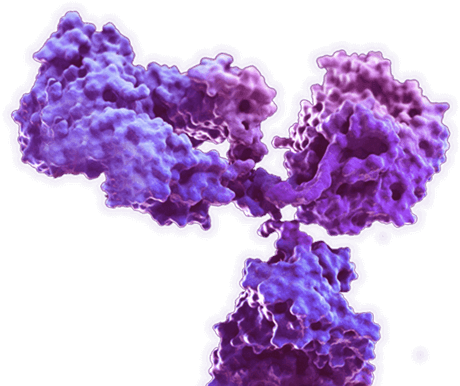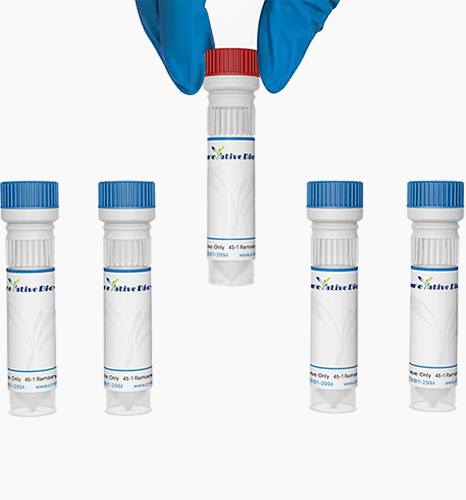BY4741 competent cells (MOFY-0822-FY520)
Cat: MOFY-0822-FY520
Certificate of Analysis Lookup
To download a Certificate of Analysis, please enter a lot number in the search box below. Note: Certificate of Analysis not available for kit components.
Lot Number
To download a Certificate of Analysis, please enter a lot number in the search box below. Note: Certificate of Analysis not available for kit components.
Lot Number
| Size: | |
| Inquiry |
- Specifications
- Properties
Specifications
| Description | BY4741 strain is derived from the original strain of Saccharomyces cerevisiae-S288C, which is a commonly used strain in the laboratory. It is a gamete MATa type and is widely used in sodium and potassium ion balance; cell salt resistance; absorption of various metal ions; heavy metal toxicity; various sugars Class, the effect of carbon sources on eukaryotic cell growth; superoxide, in the study of superoxide absorption and transport. |
| Gene Types | MATa his3Δ1 leu2 met15Δ ura3-52 |
| Size | 100 µL/vial |
| QC result | Transformation efficiency of pYES2 plasmid detection:>103 cfu/μg DNA. |
| Note | 1. Competent cells should be thawed on ice as much as possible. 2. If the pYES2 plasmid is used to express the protein, 2% galactose should be added to the medium (the screening medium does not need to add galactose; when the expression of the target protein is required, galactose should be added instead of glucose as the carbon source) to induce expression of the gene of interest. 3. Transforming high concentrations of plasmids can correspondingly reduce the amount of bacteria that are ultimately used for plating. 4. When transforming 2-3 plasmids at the same time, the dosage of plasmids can be increased. 5. Yeast is a eukaryotic organism and is not easy to store for a long time. With the extension of the storage time at -80°C, the transformation efficiency will continue to decline. It is recommended that the storage time should not exceed 90 days. 6. BY4741 yeast strain is sensitive to high temperature, and the suitable growth temperature is 27-30°C; higher than 31°C, the growth rate and transformation efficiency decrease exponentially. 7. The growth rate of yeast in the defective medium is slower than that in the YPDA medium. The more defective components in the medium, the slower the growth. Take transformation plating as an example: apply YPDA plate at 29°C for 48 h to see clones with a diameter of 1 mm; Coat SD single-deficiency plates at 29°C for 48-60 h to see clones with a diameter of 1 mm; coat SD double-deficient plates at 29°C for 60-80 h to show colonies with a diameter of 1 mm; coat SD triple-deficient or quad-deficient plates at 29°C, 80-90h culture showed 1 mm diameter clones. |
Properties
| Shipping | Dry ice |
| Storage | Store at -80 °C |
| Handling Advice | Immediately upon receipt, cells were transferred from dry ice to -80°C refrigerator. |
For Research Use Only | Not For Clinical Use.
Online Inquiry


